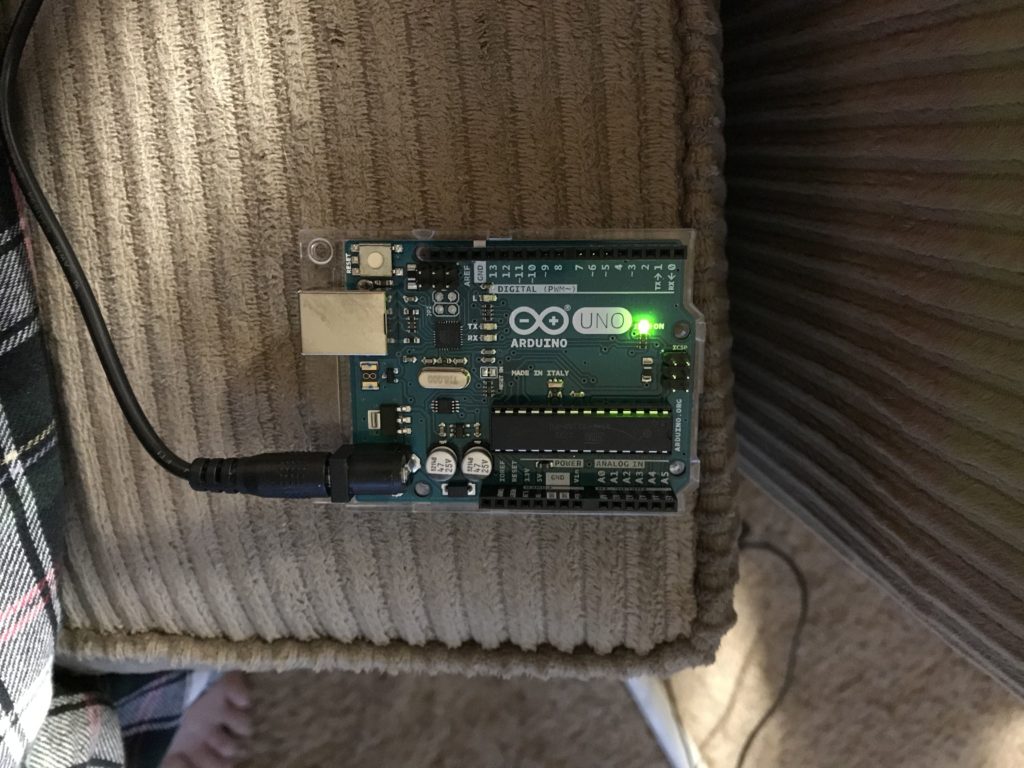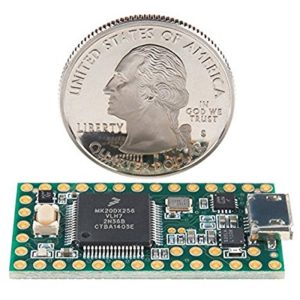Arduino – Open Source Hardware or embedded Single Board Computer
Sorta kinda. Today, “Arduino” is an “open source computer hardware and software company, project, and user community that designs and manufactures single-board microcontrollers and microcontroller kits for building digital devices and interactive objects that can sense and control objects in the physical and digital world.” (That long definition was blatantly borrowed from Wikipedia, and happens to be one I agree with).
There *are* boards that combine the Arduino microcontroller, Linux, and Wifi – but the ones “Arduino” has grown out of are relatively basic.
There is also a whole industry that has grown providing “shields” for Arduinos. “Arduino and Arduino-compatible boards use printed circuit expansion boards called shields, which plug into the normally supplied Arduino pin headers.[48] Shields can provide motor controls for 3D printing and other applications, Global Positioning System (GPS), Ethernet, liquid crystal display (LCD), or breadboarding (prototyping). Several shields can also be made do it yourself (DIY).” (Thanks again Wikipedia). There are users out there that are literally breadboarding and rolling their own “shields” that will help accomplish a specific job or task under the control of an Arduino board – or one of its many “work-alikes”, (remember “open source hardware”?)…
Eight full years ago, a half-hour long video was produced that explains why so many folks became excited over this – in particular, some very, very young folks got their first crack at programming an Arduino and making it carry out a specific function. Young imaginations are amazing and, in the years since that video was produced, some of those “kids” are now filling positions for some major companies. There is a copy of “Arduino: The Documentary” on YouTube if you care to watch it.
Over the years, I have played with a number of processors, learning to code them in “assembly” and “machine” language – also I did a pretty fair job of graduating from the Navy’s “Basic Operational Programming of Computers” (BOPC) course, and earning the Naval Enlisted Code of “Fleet Programmer”. I’ve played with many of the so-called “higher level programming languages”, but have never messed with “C, nor C++”. Guess what programming language is used for the Arduino? 😀 A Ham buddy named Phil, WA6FFT, found himself in the same kind of “condition” – one thing led to another, and we are now both starting to learn the sub-set of C++, have installed the Arduino IDE on our respective computers, and have started playing with uploading/testing very, very basic programs to our respective “Arduino UNO R-3” boards. Both of us are essentially the same age, (in our 70’s), and have a very, very long way to go – and both of us are finding this “fun!”

This photo is from a couple days ago, it was the initial test of the board and power supply. The board will also run off of the USB cable’s power when connected to my laptop.
Why do this? Just trying to add a few wrinkles to the old gray matter, to make up for those which have smoothed out due to age? Have to admit, I do have an end-project in mind – building an Audio frequency Digital Signal Processor, (DSP) and Noise reducer that will function similarly for our Ham radios to the old ClearSpeach technology that was around before West Mountain bought them out. As years have passed, a tremendous advancement has been made on processing digital audio – and one Ham is already working on a very similar project to what I have in mind that works on a “Teensy” board, (much tinier than the Arduino above). This photo will give you an idea of the scale:

Yet more excitement in the future, and much, much more to follow.